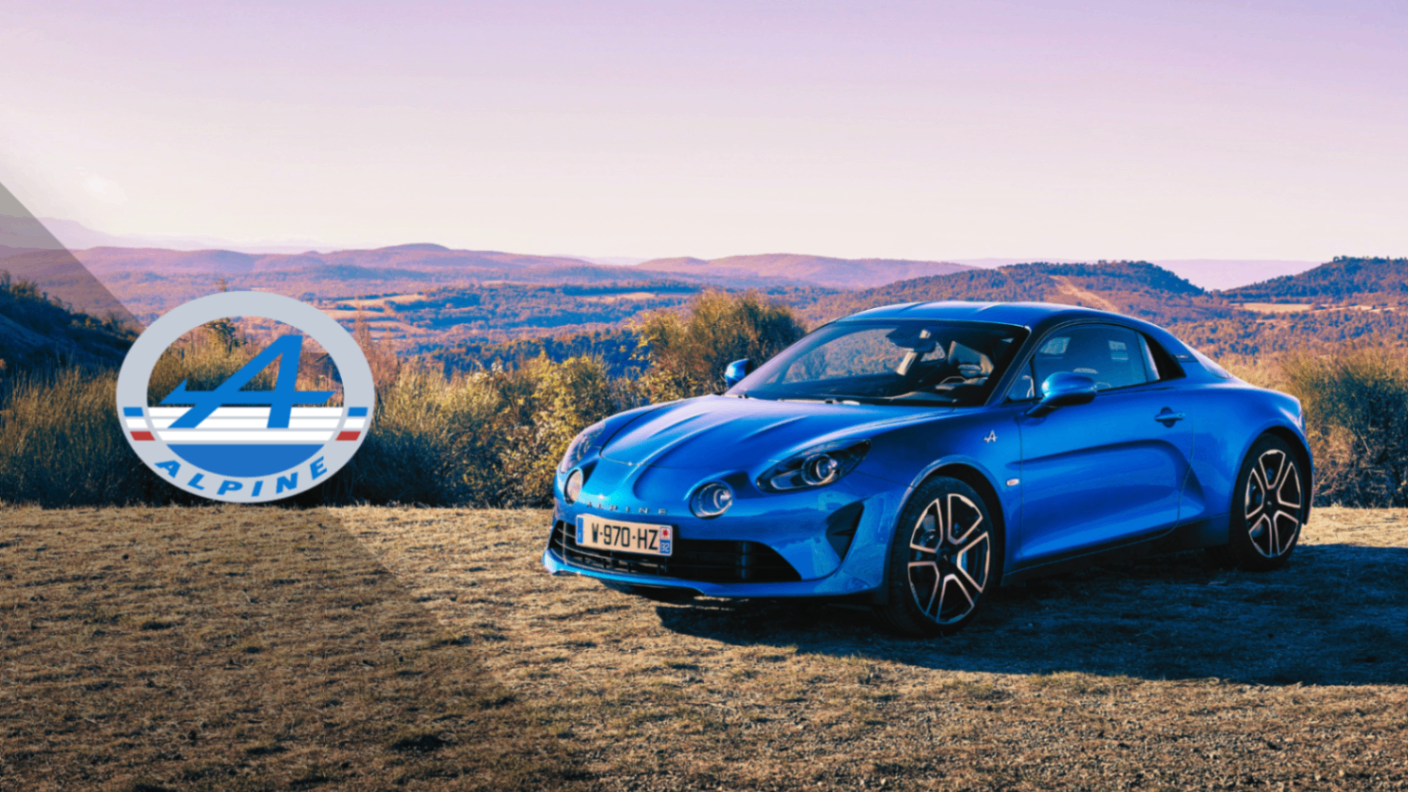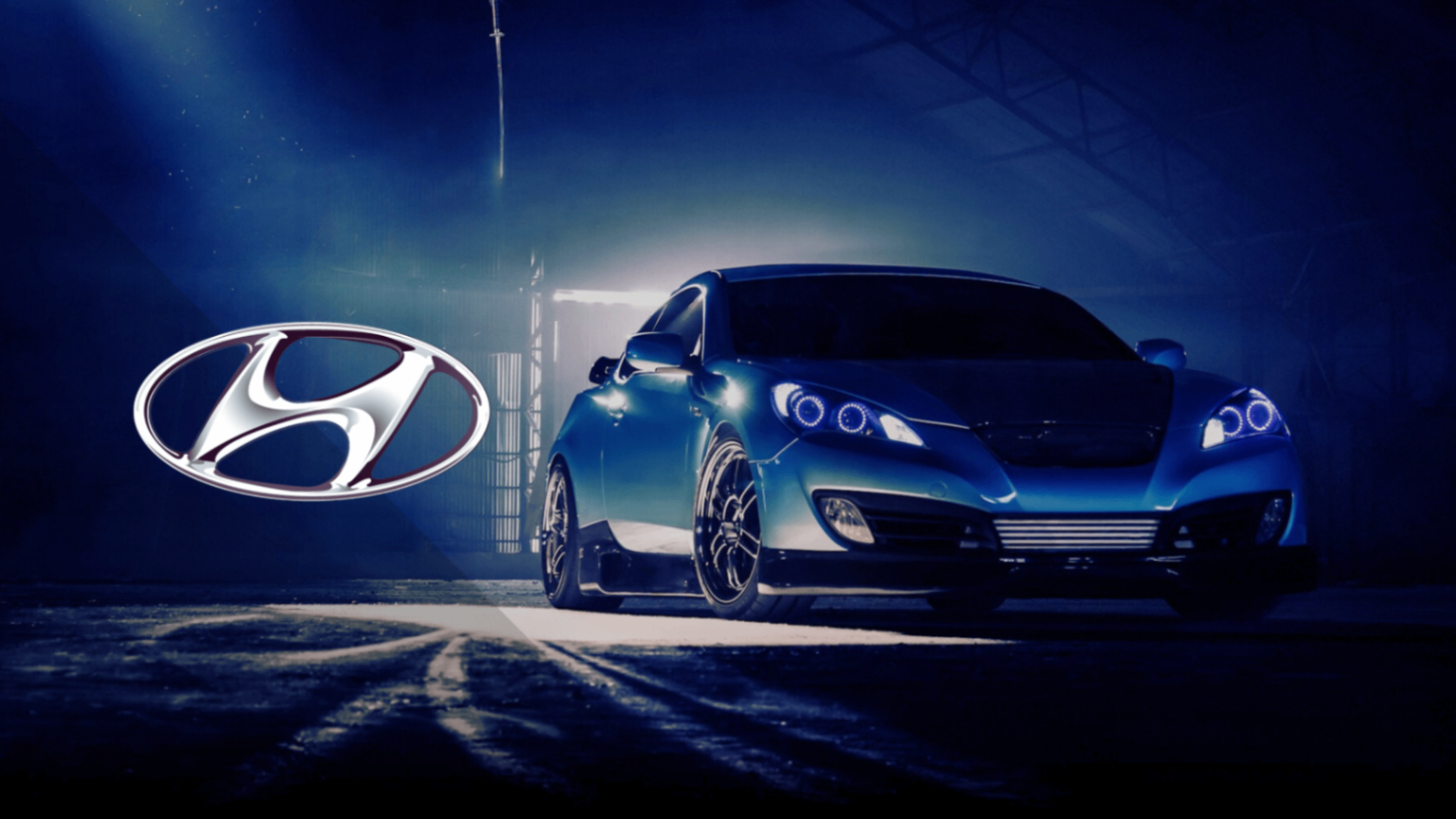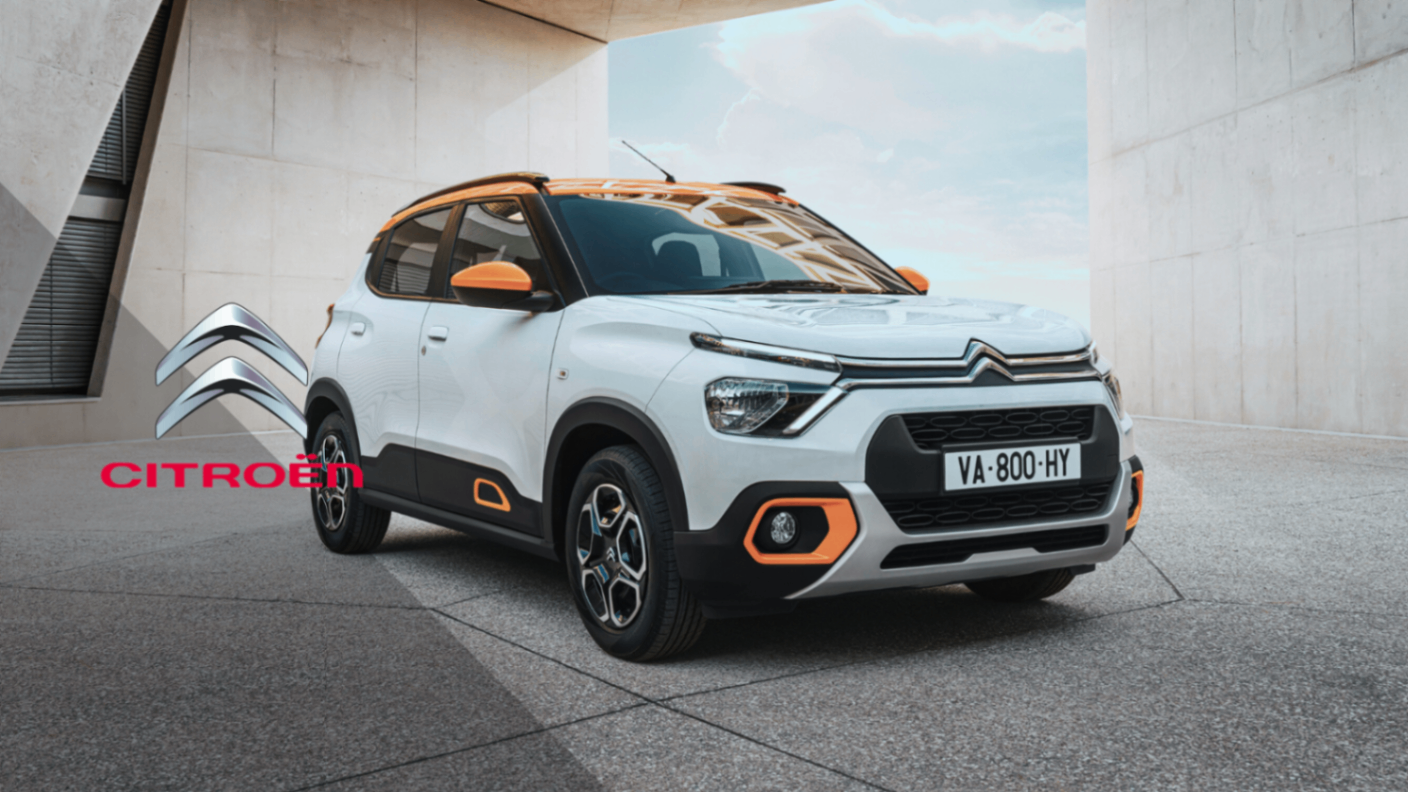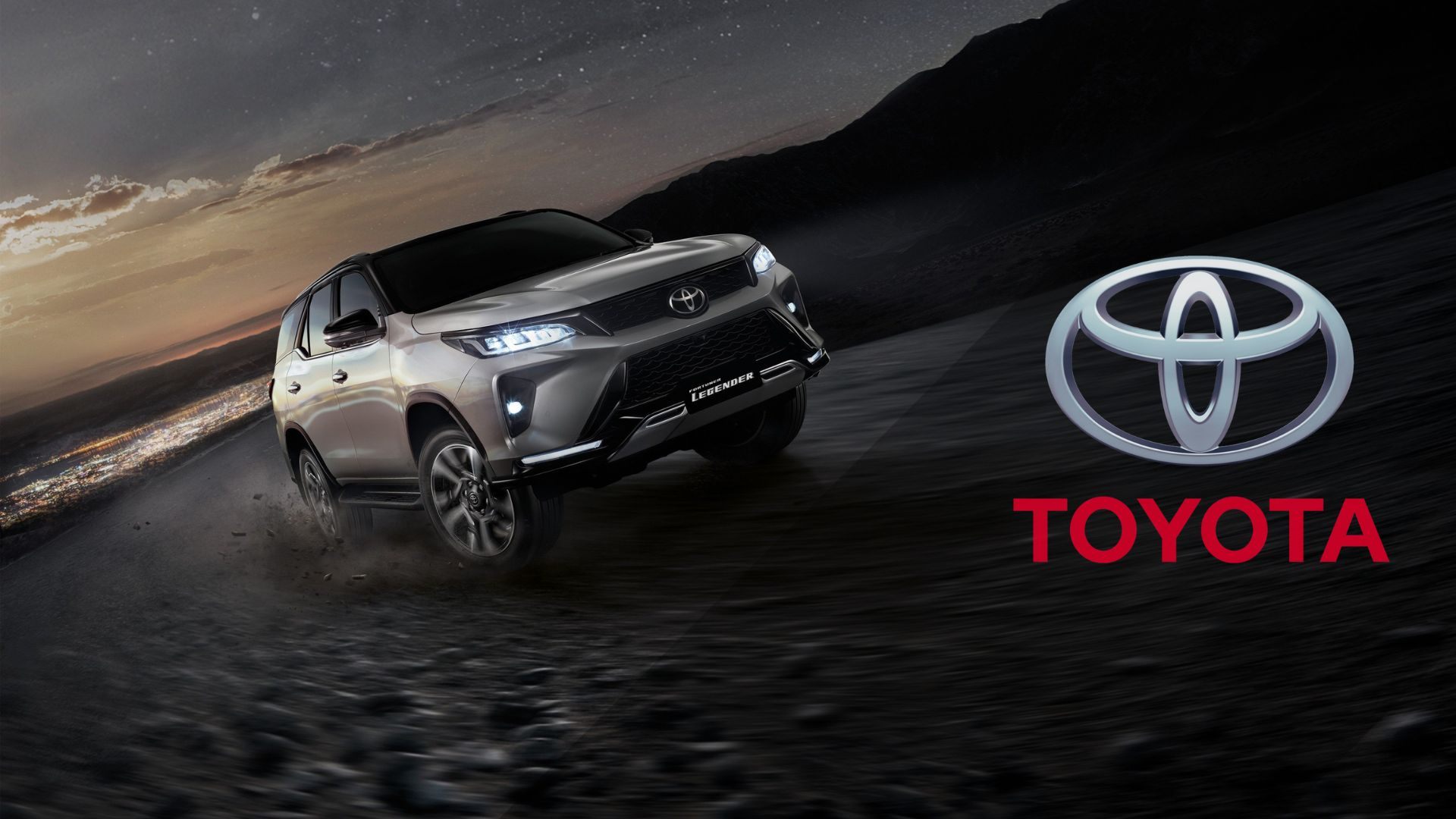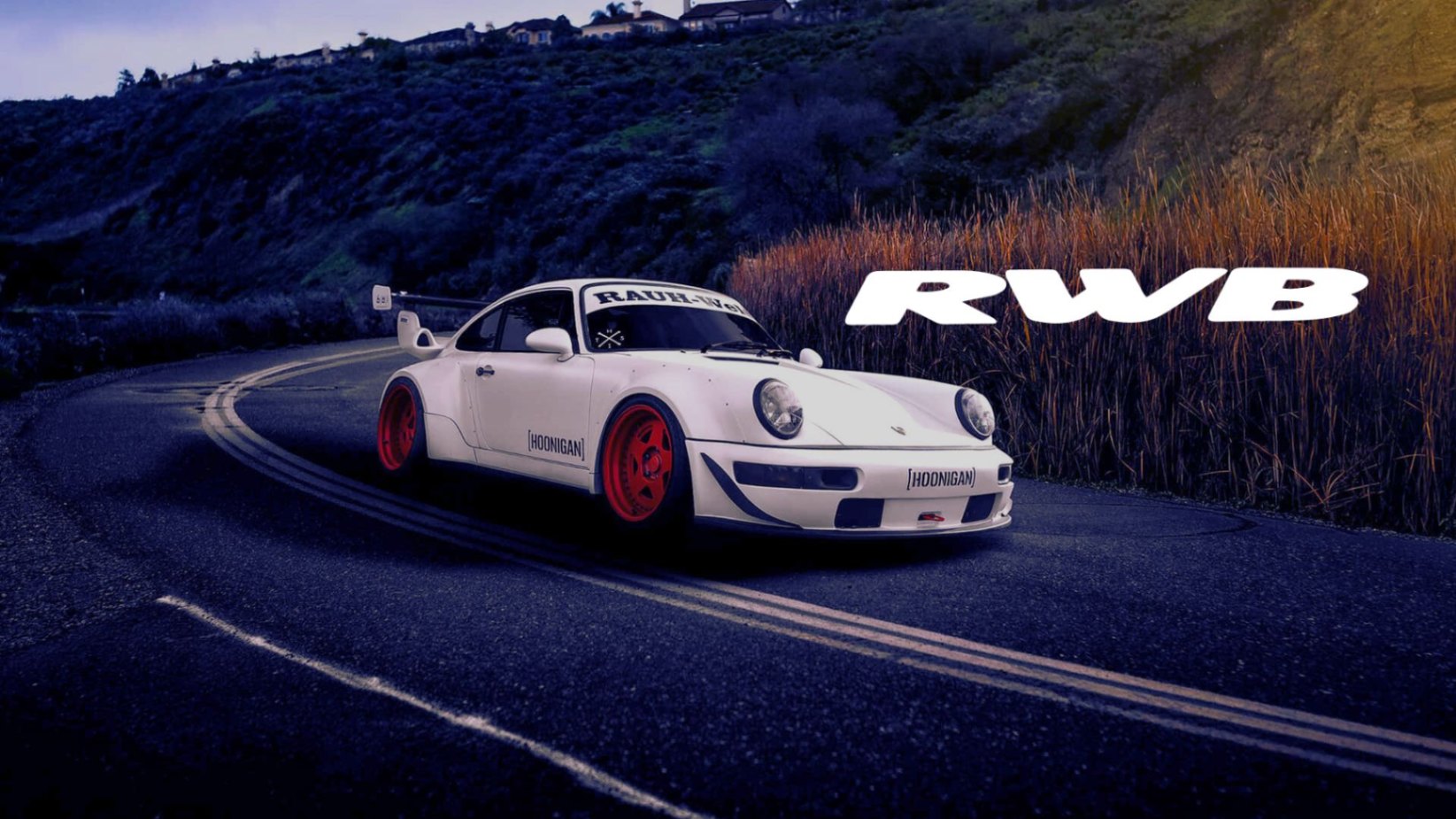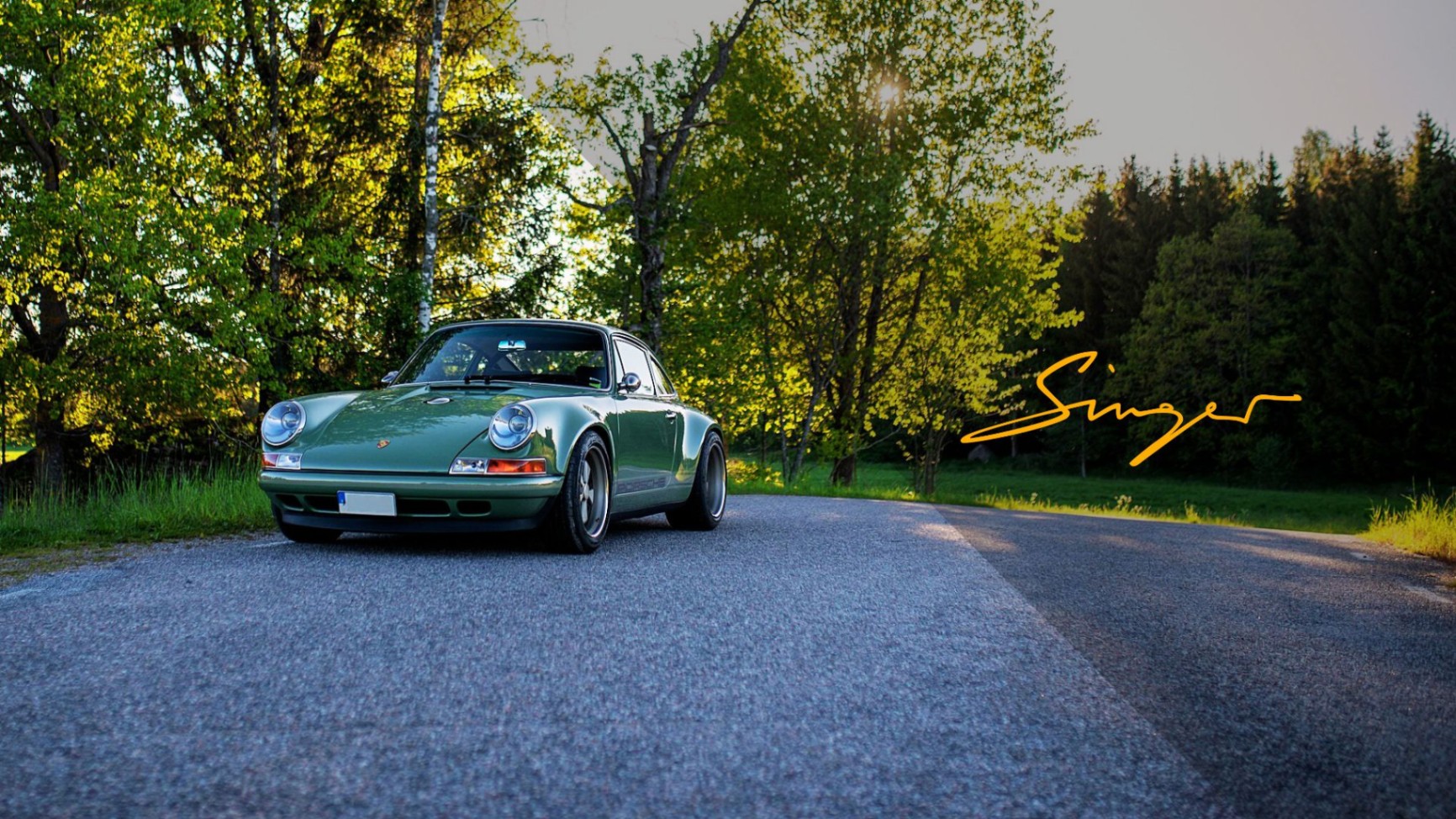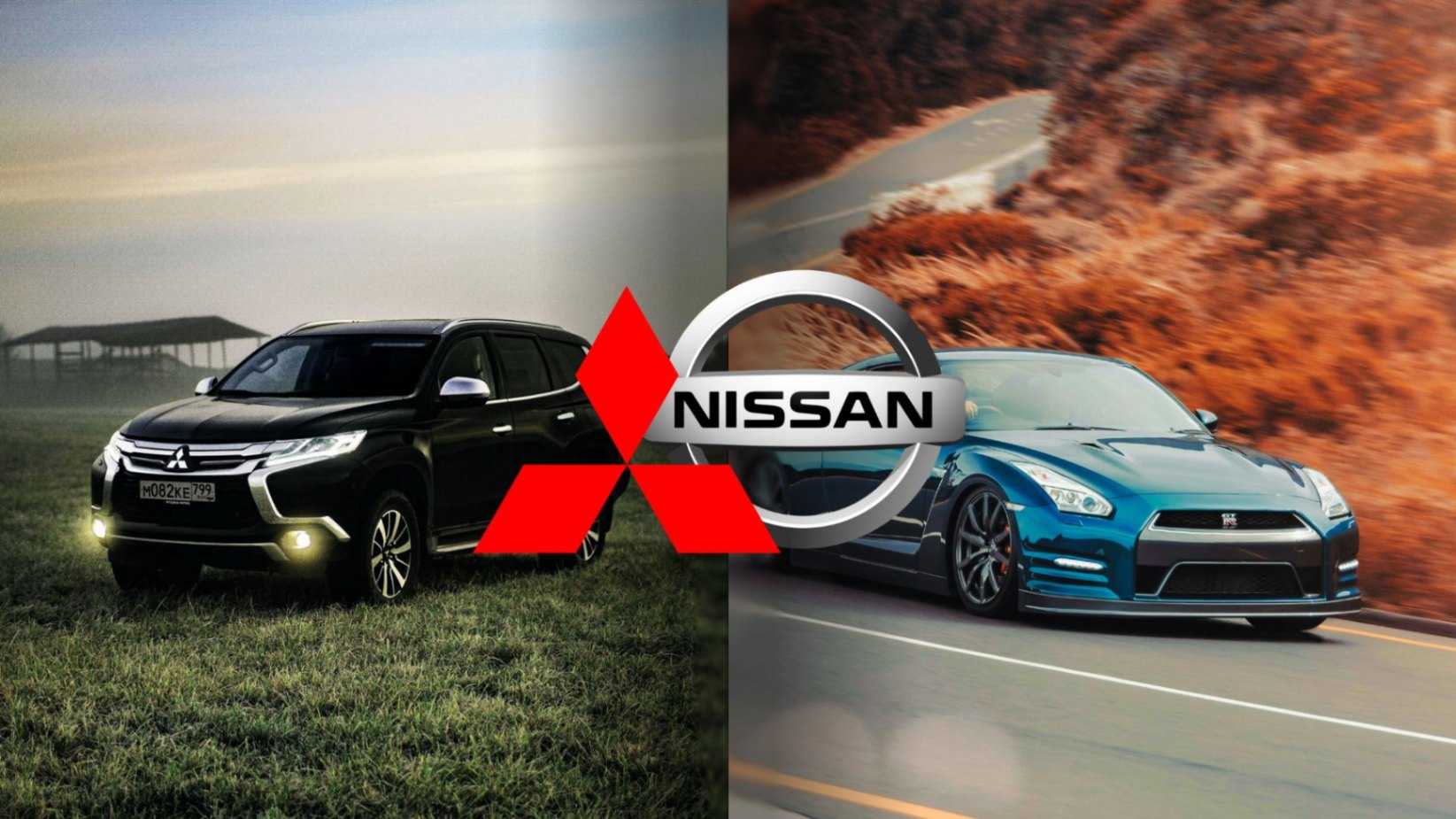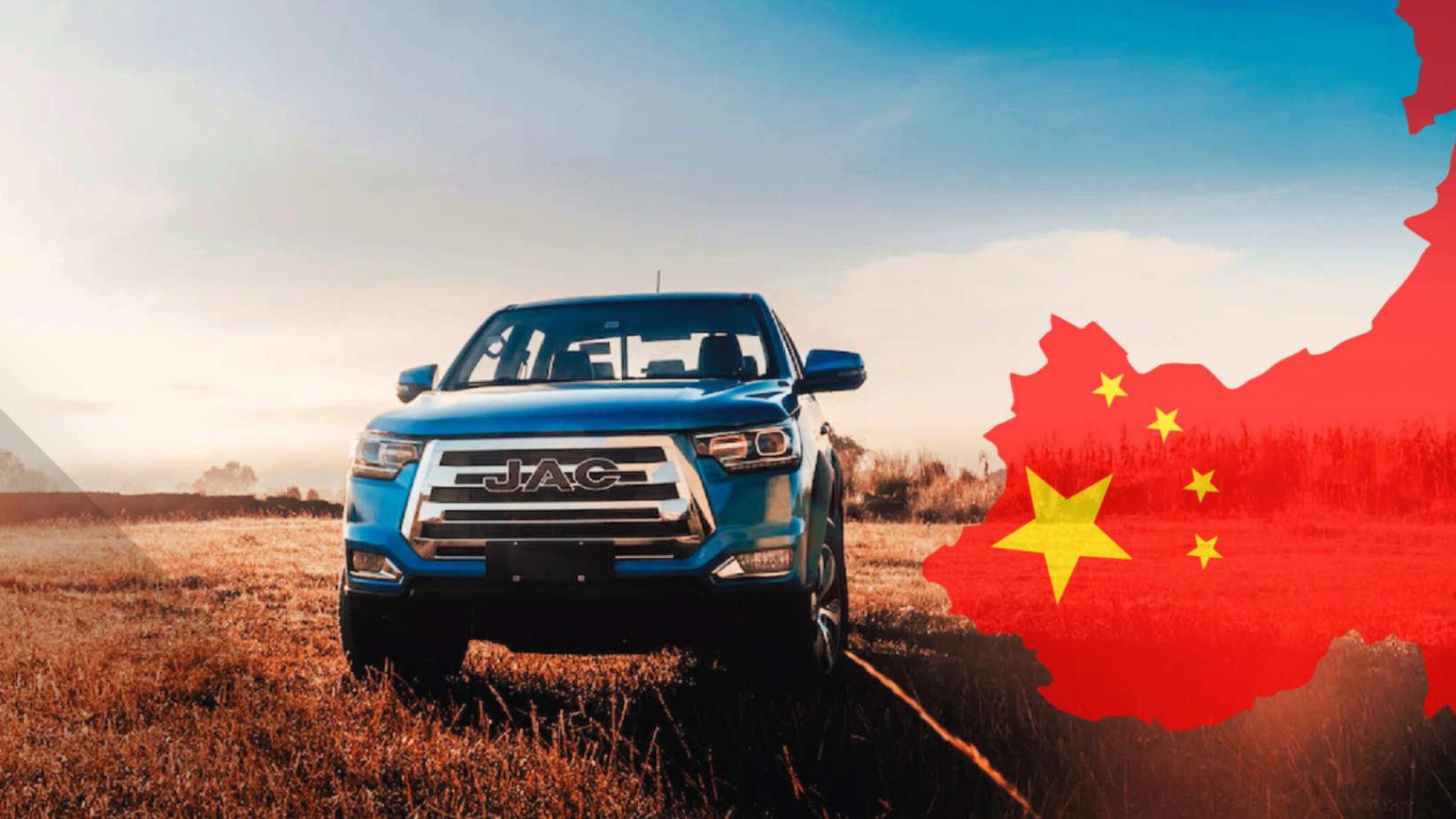
Born on the winding roads of 60s rallies, Alpine captured the hearts of speed enthusiasts with its focus on lightness and performance. Today, after decades of silence, it has been reborn to reclaim its place among the giants of modern supercars. In this blog, we explore its fascinating history, from its beginnings to its brilliant return to the global stage.
The Alpine Myth Reborn
Once an icon on the dusty roads of rallying, Alpine is now shining brightly on the runways of automotive luxury. Its return is not just a comeback; it’s a statement of intent. With a rich history and a legacy that has left an indelible mark on the world of motorsport, Alpine’s resurrection is a fusion of its glorious past and today’s technological innovations, offering a driving experience that’s the best of both worlds.
Famous for its lightweight and agile vehicles, Alpine has reemerged in the modern era with a renewed focus that stays true to its roots. This revival has captured the attention not only of classic car enthusiasts but also of a new generation of supercar fanatics. The new Alpine is defined by an unwavering commitment to quality, performance, and design, allowing the brand to not only reclaim its place in the market but also expand its influence.
The latest Alpine models evoke the nostalgia of its rallying glory days while incorporating the latest technologies in aerodynamics, lightweight materials, and advanced propulsion systems. Each vehicle is not just a tribute to its heritage but also a masterpiece of modern engineering.
The Early Days: Creating the Alpine A110
The Alpine story begins in the 1950s with Jean Rédélé, a young man with a passion for lightweight, nimble cars. As the son of a Renault dealer, Rédélé grew up surrounded by automobiles and developed an early fascination with mechanics and speed. Inspired by his experiences in competitive racing, where he participated in various races and rallies, Rédélé founded Alpine with a vision to create vehicles that excelled in agility and handling, rather than raw power. His goal was to engineer cars that could deliver a superior driving experience, leveraging lightness and aerodynamics to outperform their competitors on the most challenging tracks.
The Alpine A110, launched in 1963, became a rallying icon. Affectionately known as the "Berlinette," this model was the result of years of innovation and refinement. Its lightweight, aerodynamic design, coupled with its ability to adapt to diverse racing conditions, allowed it to achieve significant victories, such as the 1971 Monte Carlo Rally. Equipped with a rear-mounted engine and a fiberglass body, the A110 offered a unique blend of speed and maneuverability. These triumphs cemented Alpine's reputation as a force to be reckoned with in the world of motorsport, attracting the attention of drivers and enthusiasts worldwide. The A110's ability to dominate on varied terrains, from mountain roads to asphalt tracks, made it a legend and set a standard of excellence that the brand continues to pursue today.
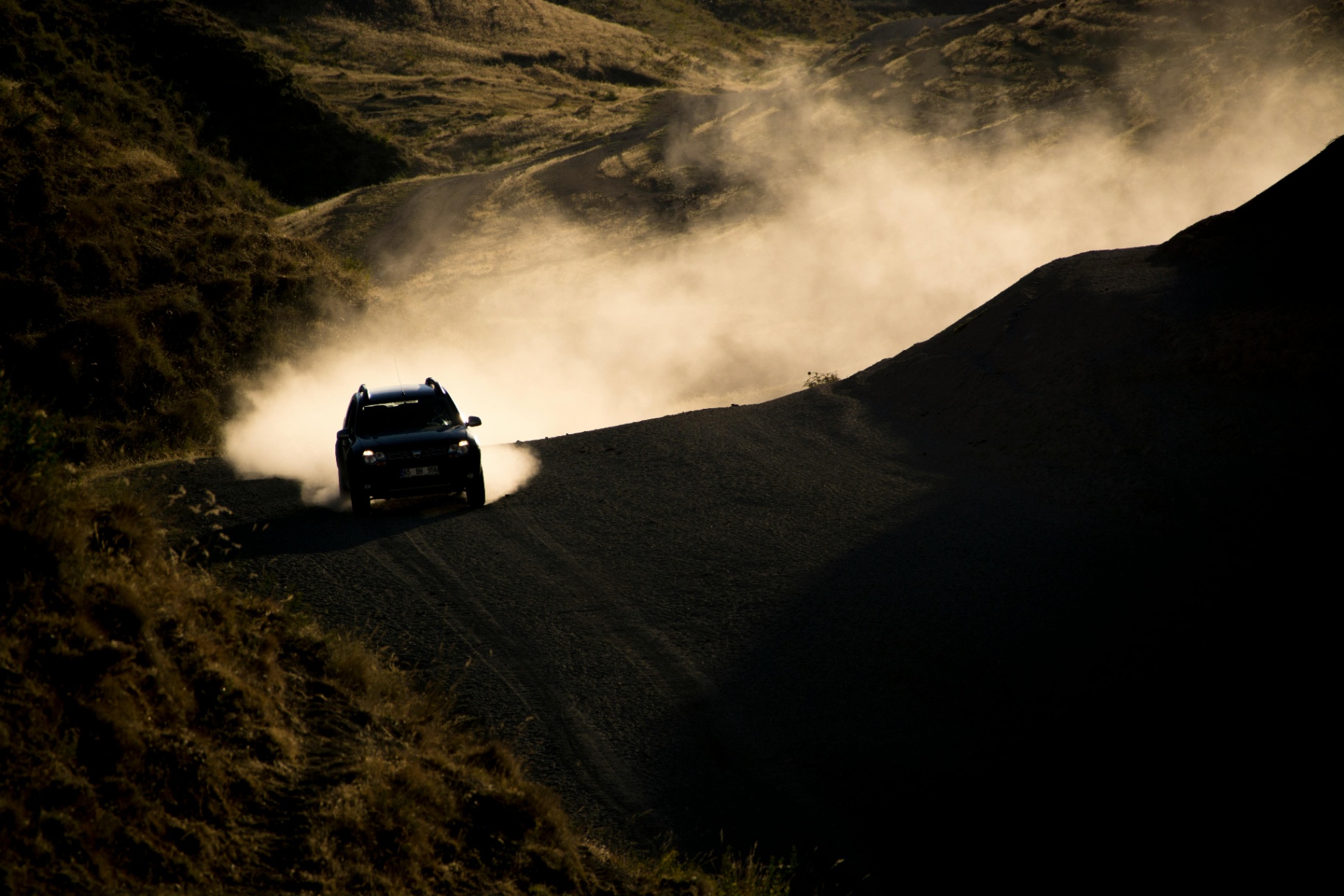
The Golden Age: Alpine in Rallying
During the 1960s and 1970s, Alpine dominated rally competitions with a mastery that left an indelible mark on the history of motorsport. Their vehicles, renowned for their lightness and agility, became synonymous with rally excellence. Alpine's participation in the World Rally Championship was particularly outstanding, with a series of impressive victories culminating in a historic win in 1973. This triumph was not only a milestone for the brand but also solidified its reputation as a formidable contender in the world of rallying. Alpine's glory years not only cemented its position in motorsport but also cultivated a loyal and passionate fan base that admired the brand's skill and competitive spirit. Alpine enthusiasts became a dedicated community, celebrating every victory and supporting the brand through every challenge.
However, fierce competition and changes in the automotive world led Alpine to face significant challenges in the late 1970s and early 1980s. The introduction of new technologies and the evolution of rally regulations meant the brand had to adapt rapidly to remain relevant. Despite their efforts, Alpine began to lose ground in an increasingly competitive market. Lack of resources and the pressure to keep up with technological advancements led the brand into a period of decline. Eventually, Alpine faded from the main stage, leaving behind a golden era of successes and victories that still resonate with its most loyal fans.
Alpine Reborn: The New A110
In 2017, under Renault's leadership, Alpine made an unexpected return with the redesigned A110. This new model maintained the brand's original philosophy: lightness, aerodynamic design, and agility. Despite the decades that had passed, the spirit of Alpine remained intact. The redesigned A110 was not simply an aesthetic update but a complete reimagining that respected the essence of the original model while incorporating the latest innovations in automotive engineering. Special attention was paid to every detail, from weight distribution to chassis optimization, to ensure that the new A110 delivered a driving experience that honored its legacy.
The new A110 has been met with worldwide acclaim. Its blend of nostalgia and modern technology has captured the imagination of sports car enthusiasts, revitalizing interest in the brand and demonstrating that Alpine still has much to offer in the world of supercars. Critics and fans alike have praised its ability to combine retro charm with cutting-edge performance, highlighting its turbocharged four-cylinder engine, double-wishbone suspension, and its ability to accelerate from 0 to 100 km/h in under 4.5 seconds. Additionally, the A110's interior has been designed with a focus on comfort and technology, offering a cabin equipped with the latest infotainment systems and high-quality materials. This balance between classic and contemporary has allowed Alpine to not only recapture its former followers but also attract a new generation of drivers passionate about automotive excellence.

Alpine Today: Innovation and the Future
Today, Alpine is significantly expanding its vision and product line. With ambitious plans to launch a variety of new models ranging from high-performance sports cars to cutting-edge electric vehicles, the brand is looking to the future with renewed optimism and a well-defined strategy. This approach not only seeks to meet current market demands but also anticipates future trends, positioning Alpine as a leader in innovation and sustainability within the automotive industry.
In a highly competitive market dominated by iconic brands like Porsche and Lotus, Alpine distinguishes itself by its unwavering commitment to innovation and the preservation of its rich heritage. Projections for the future include not only increased participation in Formula 1, where the brand seeks to consolidate its presence and demonstrate its technological capabilities, but also significant growth in the electric vehicle segment. This dual approach ensures that Alpine will not only maintain its relevance in the automotive industry but will also position itself as a pioneer in the transition towards sustainable mobility. With a combination of avant-garde design, cutting-edge technology, and a deep respect for its legacy, Alpine is prepared to meet the challenges of the future and continue to be an influential force in the world of motorsport.

